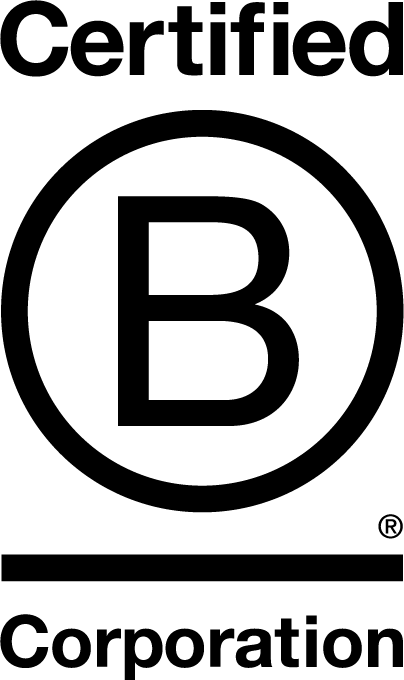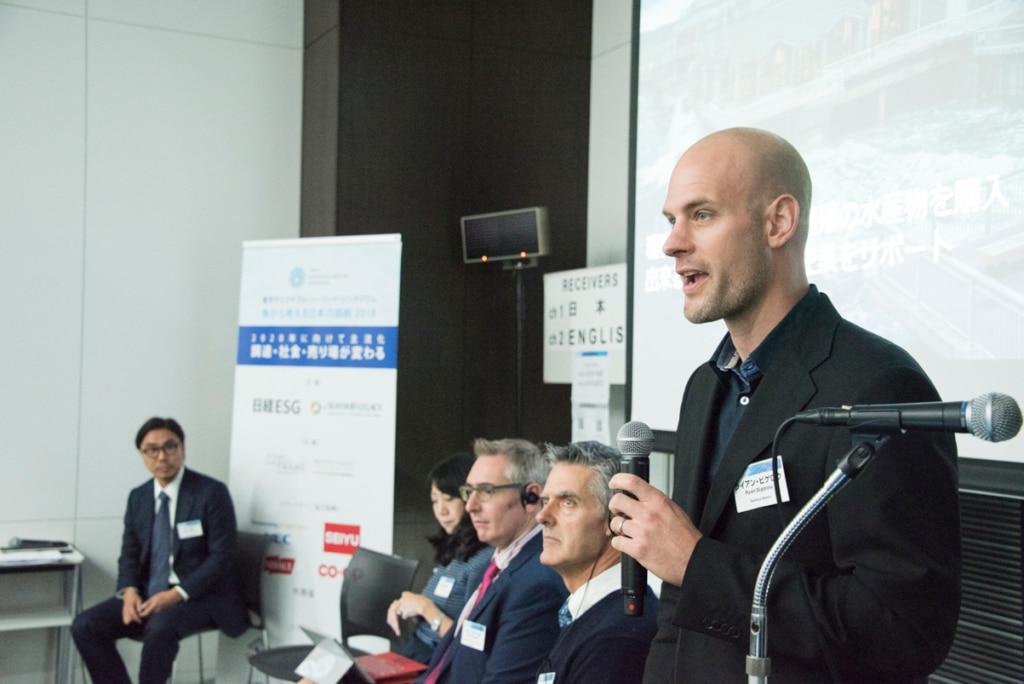
Tokyo Sustainable Seafood Symposium 2018 Report-7
The 7th Tokyo Sustainable Seafood Symposium report is on the break-out sessions that took place in Room C. Globally there are certification labels and rating systems that guarantee and communicate the sustainability of seafood. In Session C-1, we introduced one of those seafood certification eco-label that is gradually spreading in Japan; Session C-2 shared mechanisms that also ensure sustainability that use methods other than certification; and C-3 brought together Japanese and international experts to discuss countermeasures and proposal on combatting the global issues of IUU fisheries.
C-1: An Introduction to Global Seafood Certification Schemes
Herman Wisse
Managing Director, Global Sustainable Seafood Initiative (GSSI)
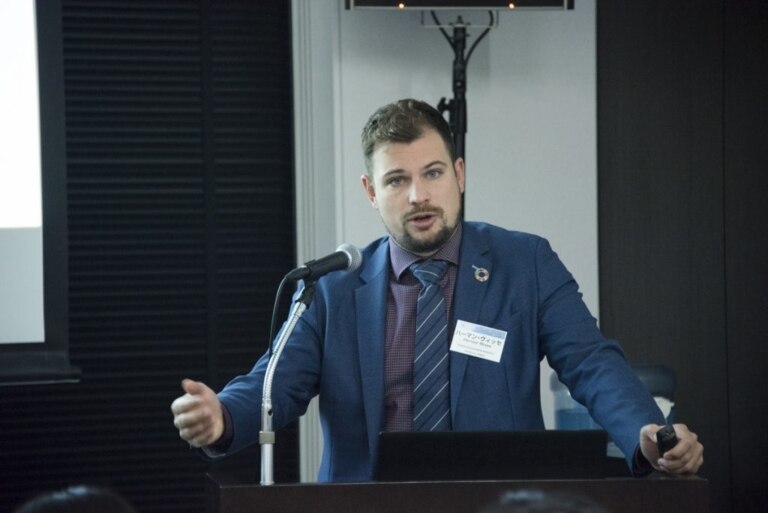
“It may be hard to imagine, but there are approximately 150 seafood eco-labels in the world. GSSI (Global Sustainable Seafood Initiative) operates a global Benchmark Tool to recognize seafood certification schemes that meet the international Guidelines of the FAO of the UN. The GSSI Benchmark Tool provides seafood certification schemes with an opportunity to demonstrate robustness and ability to improve their sustainability in line with the FAO Guidelines. GSSI also promotes improvements in certifications schemes working towards recognition. Currently we have seven certification schemes officially recognized and partner with over 70 companies and more than 10 international agencies and NGOs, including Seafood Legacy, Nissui, JCCU and CGC.” |
Kozo Ishii
Program Director Japan, Marine Stewardship Council (MSC)
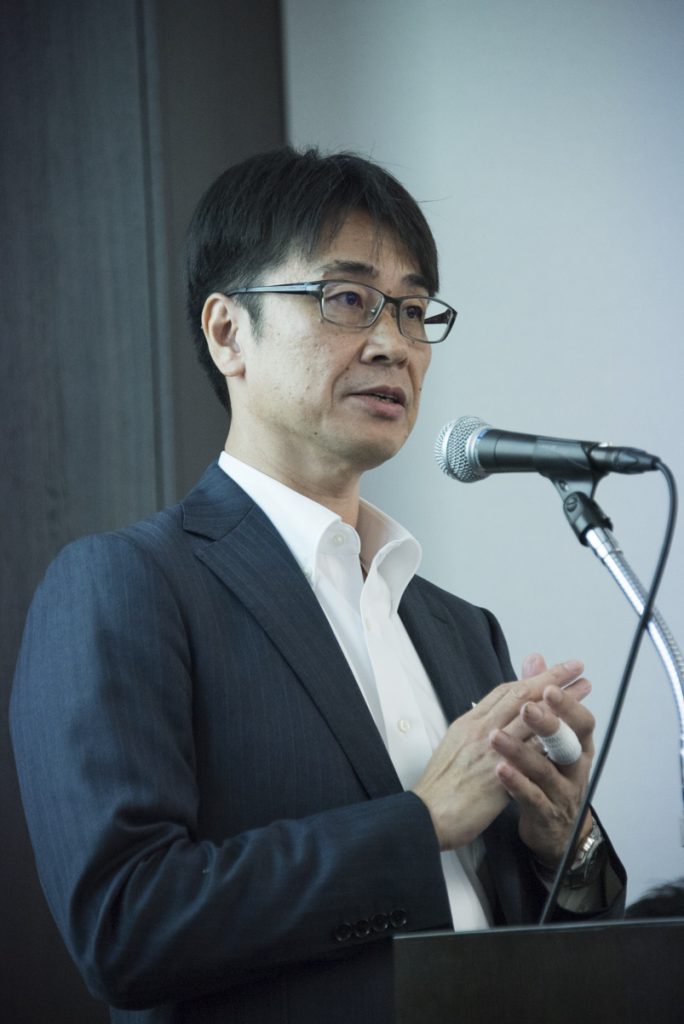
“MSC certification is recognized worldwide as an institution with high reliability. 359 certified fisheries produce 9.6 million tons annually, accounting for 12% of the global wild capture catch volume. In addition, over 4,000 companies in the world have acquired CoC certification, of which about 200 are from Japan. Currently, MSC products can be purchased at retailers such as AEON, Japanese Consumers’ Co-Operative Union, Co-Op Deli Consumers’ Co-Operative Union, IKEA, Life Supermarket, Maruetsu Supermarket, Beisia Supermarket, Costco, Oishix ra daichi Inc. and Seven & i Holdings. MSC was the first international certification scheme to be recognized by GSSI in the world, a tough 18 month process from application to recognition that consisted of providing information required for the assessment, making revisions of requested matters and responding to numerous comments.” |
Koji Yamamoto
General Manager, Aquaculture Stewardship Council (ASC)

“To put it simply, ASC certification is an aquaculture version of MSC and it is an aquaculture certification scheme that is widely recognized around the world. Although we established our Japanese base of operation in 2017, Japan has the 4th most certified aquaculture farms in the world and will continue to grow domestically with new developments such as the sea bass and sea bream standards. GSSI has recognized ASC with the highest scores among aquaculture certification schemes. Being benchmarked by GSSI is important, but we hope that the features and mechanisms of each scheme can be more understood.” |
Jane Bi
Asia Business Development Director, Global Aquaculture Alliance (GAA)

“Best Aquaculture Alliance (BAP) certification is a comprehensive aquaculture certification program operated by Global Aquaculture Alliance (GAA) that provides food safety, environmental sustainability, employee working conditions and animal welfare assurance. In addition to being recognized by GSSI (Global Sustainable Seafood Initiative), BAP is also recognized by GFSI (Global Food Safety Initiative) and GSCP (Global Social Compliance Program). BAP is America’s most well-known seafood certification program and covers hatcheries, feed factories, farms and processing facilities. BAP’s logo consists of three fish making a circle and is business-friendly since it has no label use fee.” |
Susan Marks
Sustainability and Certification Advisor, the Alaska Seafood Marketing Institute (ASMI)
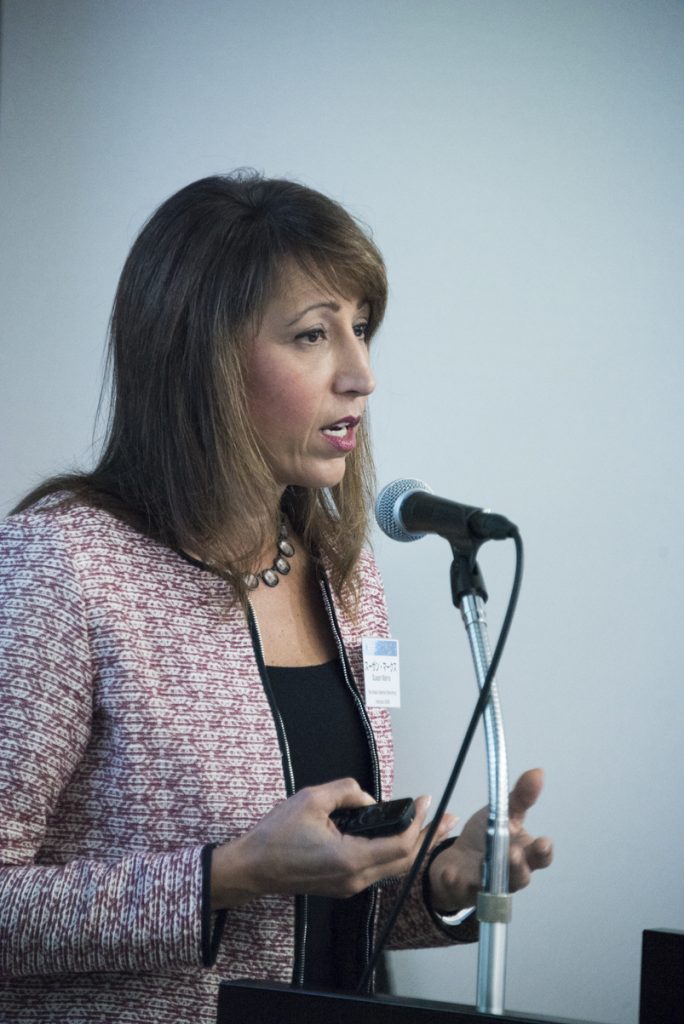
“Whereas MSC, ASC and BAP are certification programs that are not limited by country or areas, Alaska Responsible Fisheries Management (RFM) certification scheme is a regional program that certifies Alaskan fisheries. Alaska is the largest seafood exporting areas in the world and Japan is a very important market for Alaskan seafood products. Many fisheries in Alaska obtain both RFM and MSC certifications; however, the biggest difference is that MSC has a logo use fee and RFM have no logo use fee as long as a CoC certification is acquired. The RFM logo makes it possible to convey both sustainability and promote the Alaska origin. Alaskan fisheries are tightly managed to prevent overfishing, environmental degradation and pollution.” |
C-2: Approaching Seafood Sustainability with Seafood Ratings and Improvement Projects
Minako Iue
President, Sailors for the Sea Japan
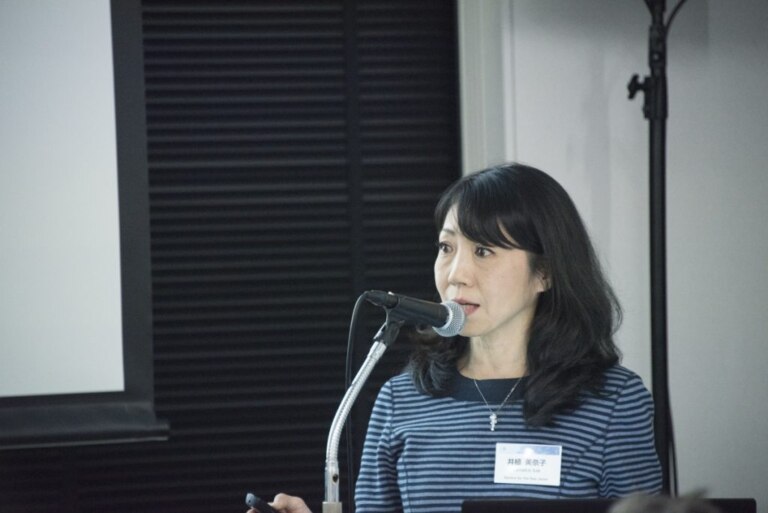
“The Blue Seafood Guide is the only seafood rating program in Japan. Instead of saying we should not eat seafood that has poor stock condition, our goal is to provide environmentally friendly options that will allow marine resources to remain for the next generation without burden.” |
Ryan Bigelow
Senior Program Manager, Seafood Watch

“Certified seafood has grown to account for 20% of the world’s fisheries. The rating provides information for the remaining 80% of fisheries to businesses and consumers. Sustainability is a basic requirement in the market in Europe and United States and many companies form partnerships with specialized organizations like NGOs.” |
Tom Pickerell
Global Tuna Director, Sustainable Fisheries Partnership(SFP)

“If you find out that your company is sourcing from fisheries that capture stocks in unfavorable conditions, we do not advise that you immediately stop sourcing from them. This is because companies can leverage their purchasing power and built-up business relationship to support fisheries and aquacultures through FIPs and AIPs.” |
Thomas James Kraft
Managing Director, Norpac Fisheries Export

“Sustainability of the seafood industry greatly influence not only the environment but also society as well. Understanding what is going on in the field is important for companies that are going to start sustainability initiatives. By introducing an electronic traceability system, we are able to tell the stories of producers that are operating their fisheries sustainably, as well as win the demand of the market as a supplier.” |
C-3: Combating IUU Fishing on National and Industry Level – Challenges of Importing Countries
Marta Marello Martin
Ocean Governance Director, Global Oceans Team, The Nature Conservancy
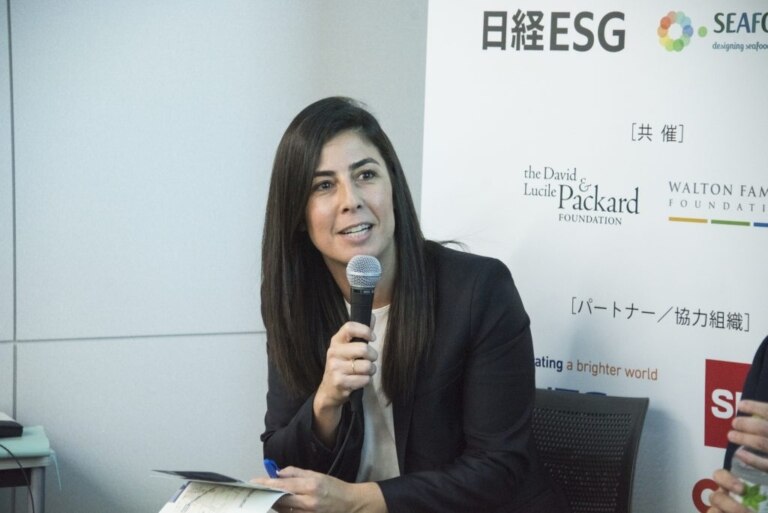
“It is difficult to eradicate IUU fishing and secure traceability without government involvement and maintained commitment. The keys are: governance, transparency and cooperation. This applies to government and other key stakeholders such as businesses. While it is reported that approximately 30% of seafood imported into Japan comes potentially from IUU fisheries, we expect that collaborations at the government level and strengthening the business level collaborations will improve Japan’s market, the third biggest import market in the world.” |
Yukihiro Misawa
Seafood Market Manager, WWF Japan
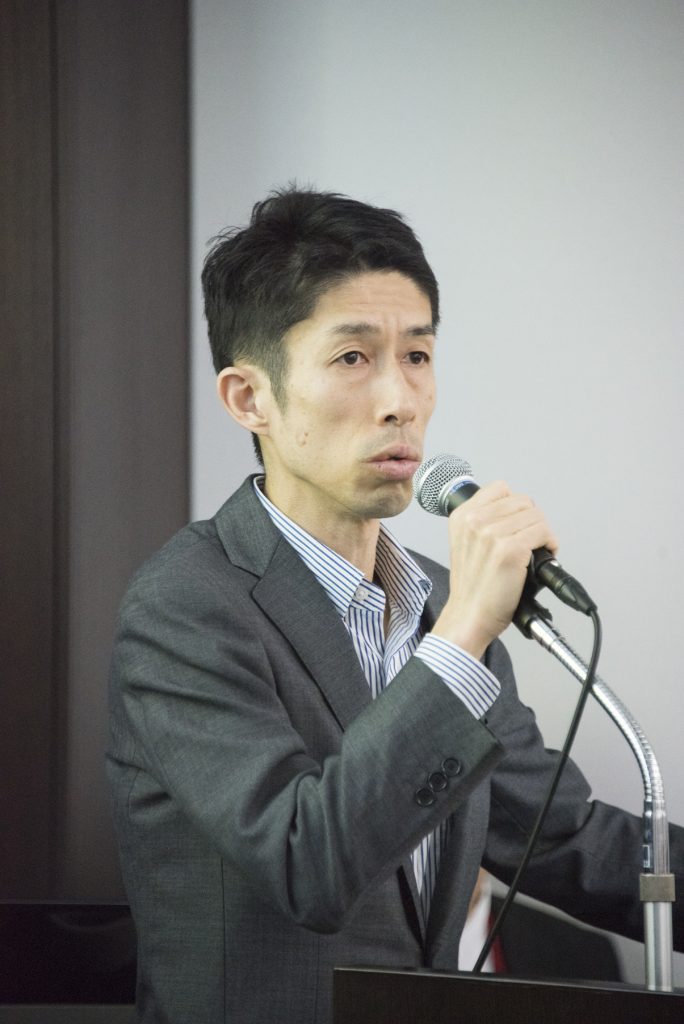
“When cooperations, regulations and rules at the international level are not carried out, loopholes appear for IUU fisheries. Japanese companies understand the importance of traceability but this issue is not one that can be solved by one company alone. It is important for many stakeholders to get together for discussions and strengthen regulations.” |
Traci Linder
Senior Project Manager, Traceability Division, FishWise

“As a first step towards compliance with the United States’ Seafood Import Monitoring Program, companies can begin taking a deeper look into the supply chains of their higher risk products. This can be done through conducting traceability and IUU fishing risk assessment exercises, mapping higher risk supply chains, and communicating the importance of traceability and counter-IUU fishing practices to suppliers. Traceability isn’t the solution to stopping IUU fishing, but it is an excellent tool to help identify potential risks. It’s important that companies and governments implement traceability measures to help ensure that seafood entering markets is legally and responsibly sourced.” |
Jun Sakai
Food Marketing Research and Information Center
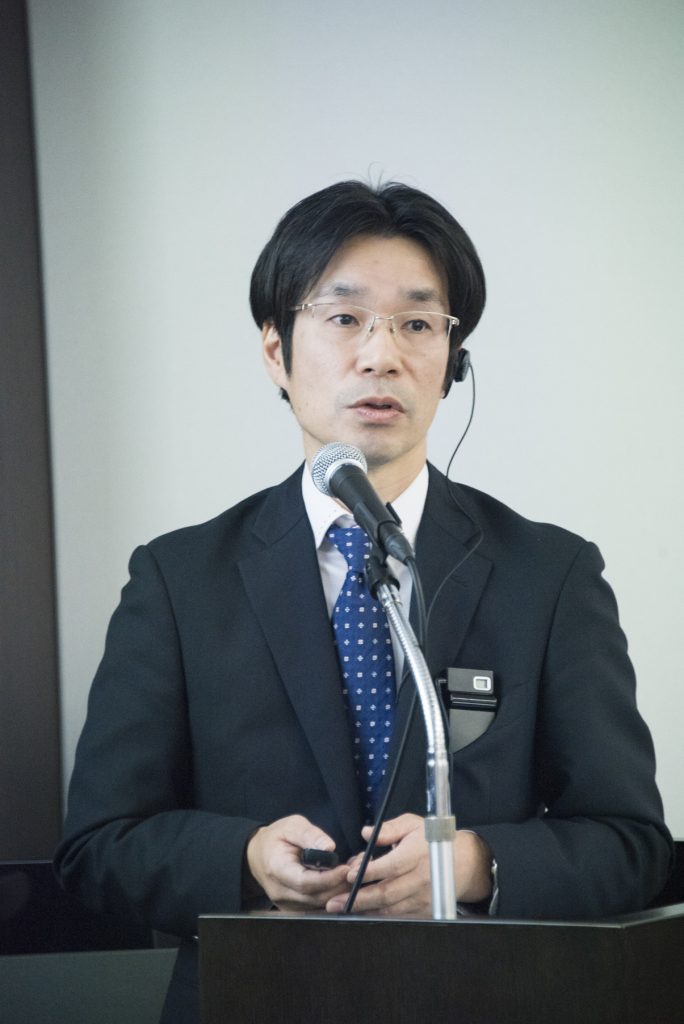
“Traceability laws do not exist in Japan like it does in EU or the United States. There are voluntary rules and guidelines but it is extremely difficult for one company to collect information on the complex supply chain. Export of domestic seafood will gain momentum if more companies are able to grasp the gravity of traceability, implement consistent rules and share information throughout the supply chain.” |
Yoshihiro Koyano
IUU Fisheries Working Forum

“When seafood from IUU fisheries are distributed in the domestic market there is a great economic loss felt by seafood companies and fishermen that are operating within the regulations. Seafood poaching is not only an issue for imported seafood; it is also an issue for domestically caught seafood as well. Securing traceability is an important method to prevent these problems.” |




